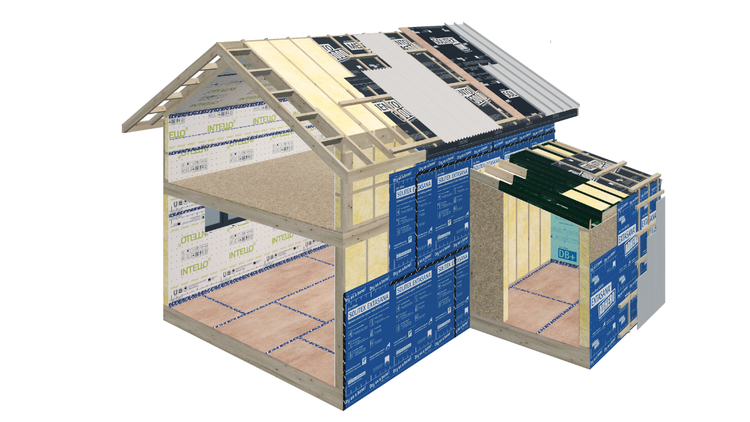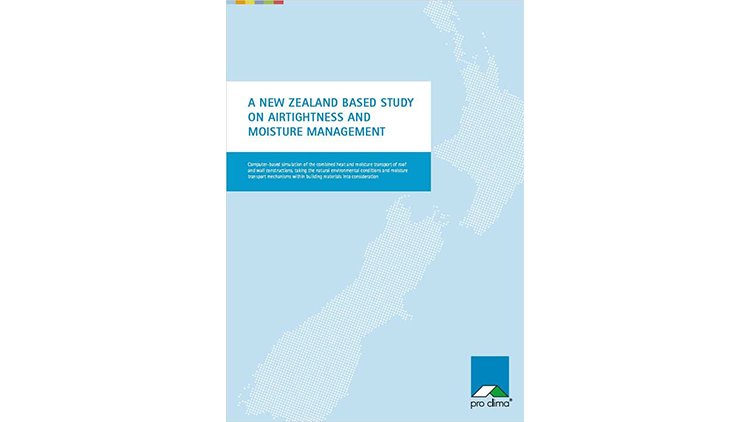Weathertightness

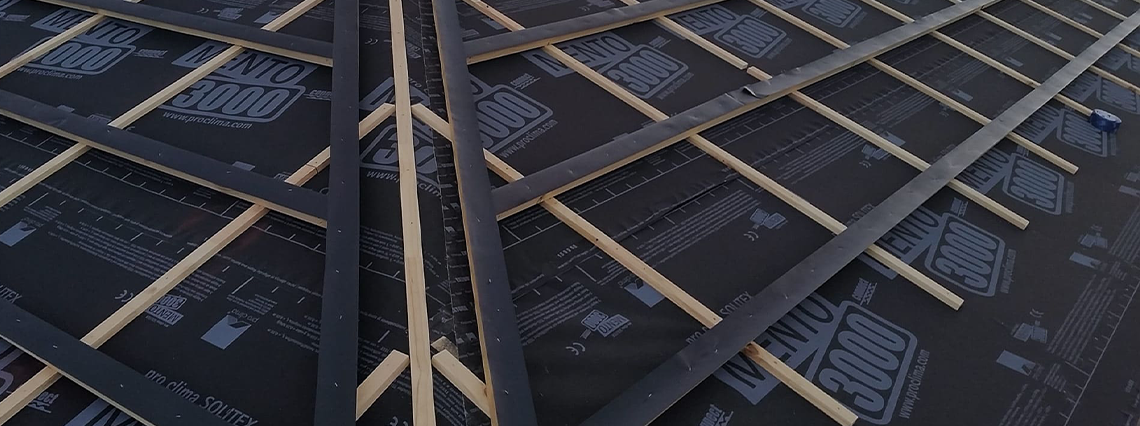
Weathertightness

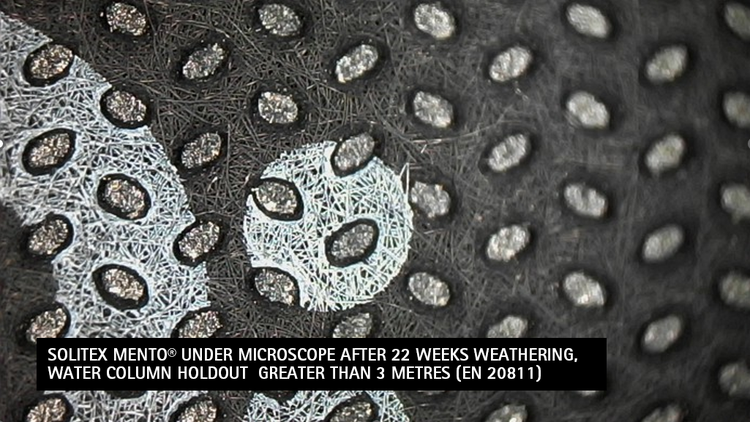
What is Weathertightness?
Weathertightness is the ability of a building to protect itself and its occupants from the weather.
Weather is a combination of forces constantly driving the essential elements of air and water. These forces and elements combine to create physical properties such as temperature, wind speed, rainfall, humidity, and air pressure.
Our buildings should be designed and constructed to shelter us from the adverse effects of wind, water, and the sun. Weathertight construction contributes to the health and comfort of people inside the building, ensuring the building will last the test of time.

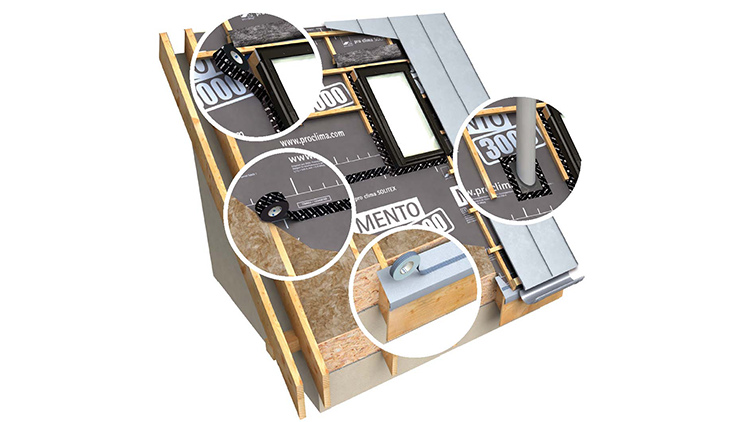
Weathertightness System
The best weathertightness is achieved with high-performance, monolithic, non-porous weather-resistive barriers (WRBs), which provide:
- high water resistance
- low vapour resistance
- high thermostability
- durability
The pro clima weathertightness system ensures a weathertight building envelope while maximising the drying potential of the walls, roof, and floor.

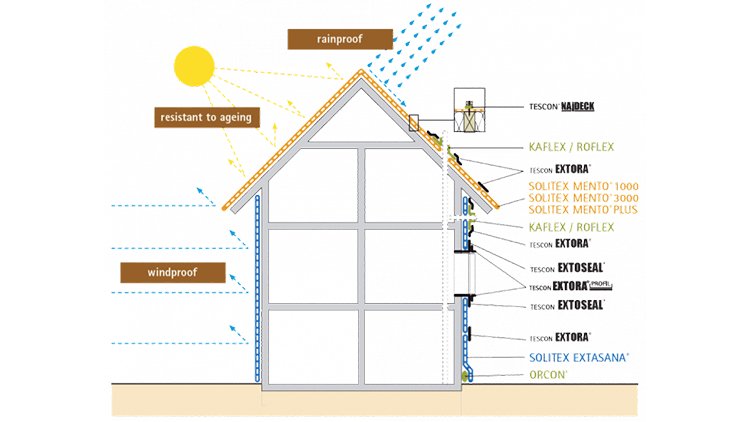
A Systems Approach
Effective weathertightness relies on a complete system. This begins with good design and product selection.
Liquid water and water vapour are continually driven by wind and air pressure, so it’s critical to pay attention to the details.
A weathertightness system must be continuous around all junctions and penetrations to provide effective protection.
pro clima offers a complete range of membranes, tape and accessories to ensure your building can withstand the ever-changing conditions of the natural elements.
Contact our team if you need further advice.
Airtight on the Inside, Windtight on the Outside
In the ideal insulation structure, the insulation material should be sealed on all sides: on the outside by the wind-tightness layer, e.g., an underlay or facade membrane that is open to diffusion, and on the inside with an airtightness and vapour check layer. The wind-tightness stops cold outside air from flowing through the insulation. The airtightness protects the entry of humid indoor air and, thus, against condensation and mould.
Note: Faultless installation work is essential when installing air sealing, as leaks in surfaces and at joints will have direct consequences.
Airtightness and Moisture Management Study
The updated New Zealand pro clima Study on Airtightness & Moisture Management is based on factual evidence and computer simulations of heat and moisture transport in building structures. It addresses prevalent issues in New Zealand construction, aiming to combat dampness and improve indoor air quality.
The pro clima system offers practical and cost-effective solutions for creating healthy, comfortable, and energy-efficient living environments.
